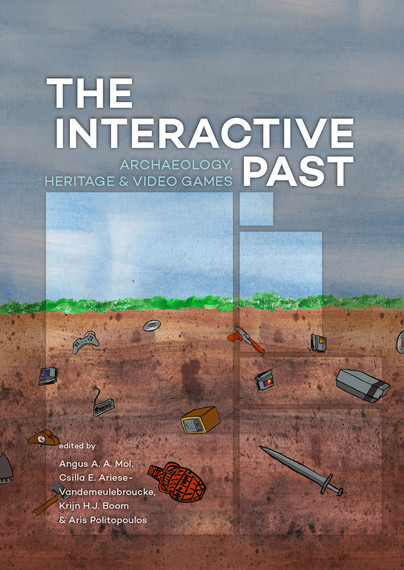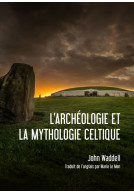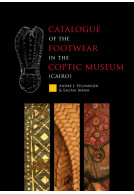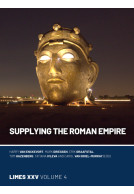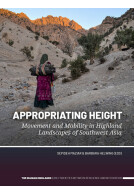Google Books previews are unavailable because you have chosen to turn off third party cookies for enhanced content. Visit our cookies page to review your cookie settings.
The Interactive Past (Hardback)
Archaeology, Heritage, and Video Games
Imprint: Sidestone Press
Pages: 220
Illustrations: ca 40 fc
ISBN: 9789088904370
Published: 17th May 2017
Script Academic & Professional
Pages: 220
Illustrations: ca 40 fc
ISBN: 9789088904370
Published: 17th May 2017
Script Academic & Professional
You'll be £120.00 closer to your next £10.00 credit when you purchase The Interactive Past. What's this?
+£4.99 UK Delivery or free UK delivery if order is over £40
(click here for international delivery rates)
Need a currency converter? Check XE.com for live rates
(click here for international delivery rates)
Need a currency converter? Check XE.com for live rates
Video games, even though they are one of the present’s quintessential media and cultural forms, also have a surprising and many-sided relation with the past. From seminal series like Sid Meier’s Civilization or Assassin’s Creed to innovative indies like Never Alone and Herald, games have integrated heritages and histories as key components of their design, narrative, and play. This has allowed hundreds of millions of people to experience humanity’s diverse heritage through the thrill of interactive and playful discovery, exploration, and (re-)creation. Just as video games have embraced the past, games themselves are also emerging as an exciting new field of inquiry in disciplines that study the past. Games and other interactive media are not only becoming more and more important as tools for knowledge dissemination and heritage communication, but they also provide a creative space for theoretical and methodological innovations.
The Interactive Past brings together a diverse group of thinkers — including archaeologists, heritage scholars, game creators, conservators and more — who explore the interface of video games and the past in a series of unique and engaging writings. They address such topics as how thinking about and creating games can inform on archaeological method and theory, how to leverage games for the communication of powerful and positive narratives, how games can be studied archaeologically and the challenges they present in terms of conservation, and why the deaths of virtual Romans and the treatment of video game chickens matters. The book also includes a crowd-sourced chapter in the form of a question-chain-game, written by the Kickstarter backers whose donations made this book possible. Together, these exciting and enlightening examples provide a convincing case for how interactive play can power the experience of the past and vice versa.
Other titles in Sidestone Press...







